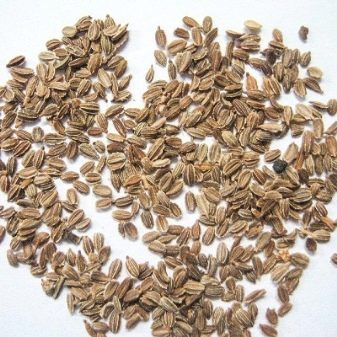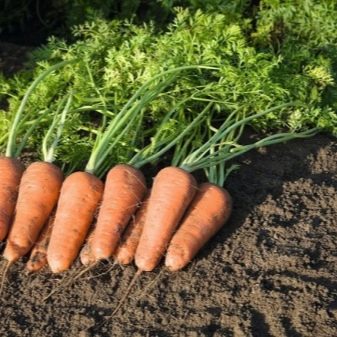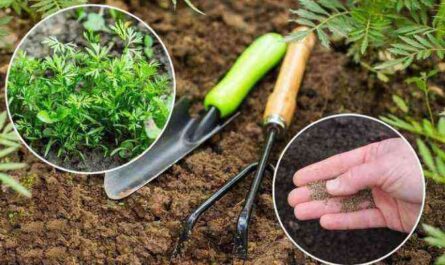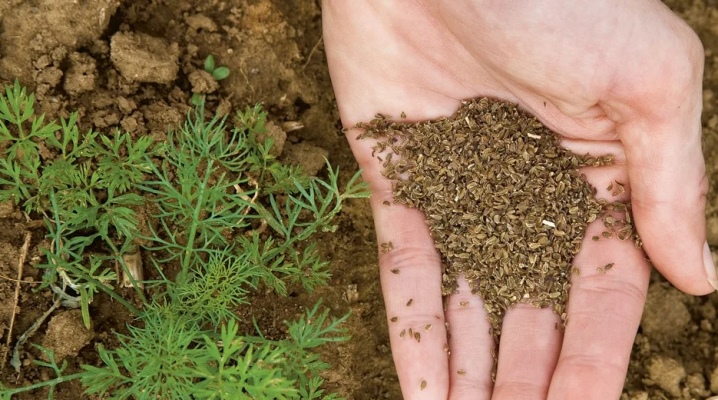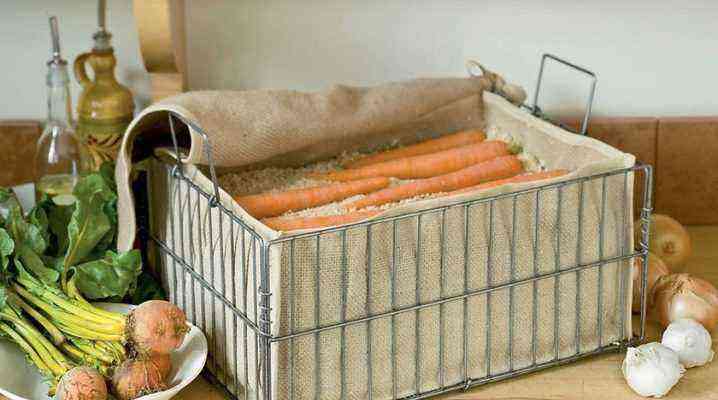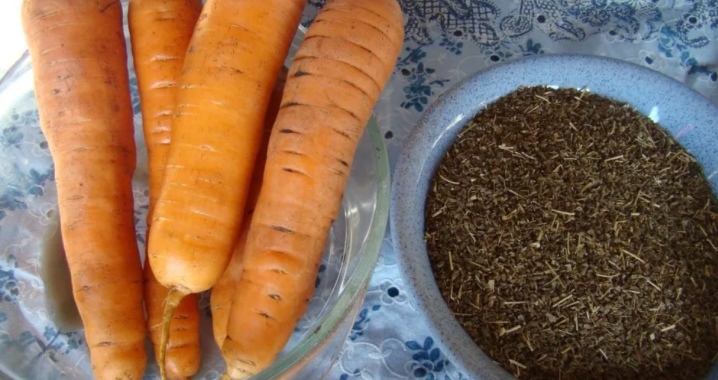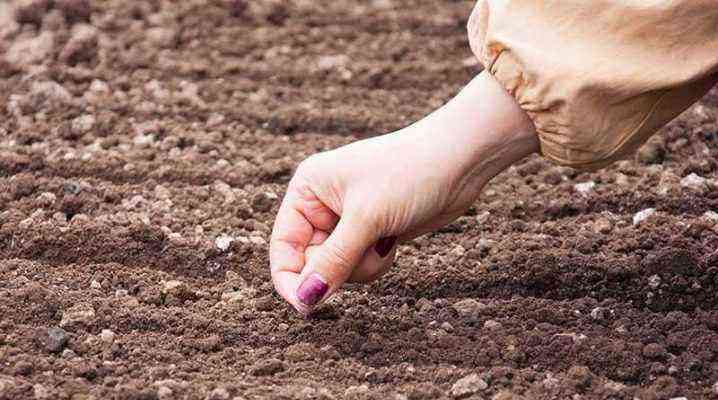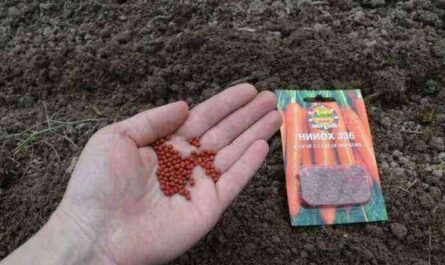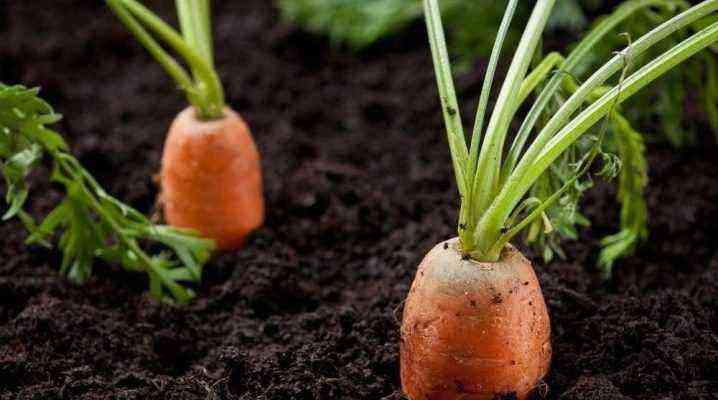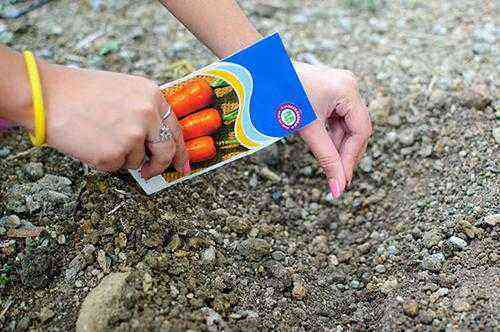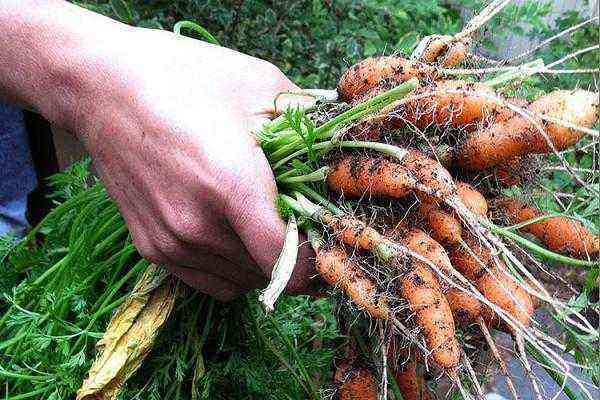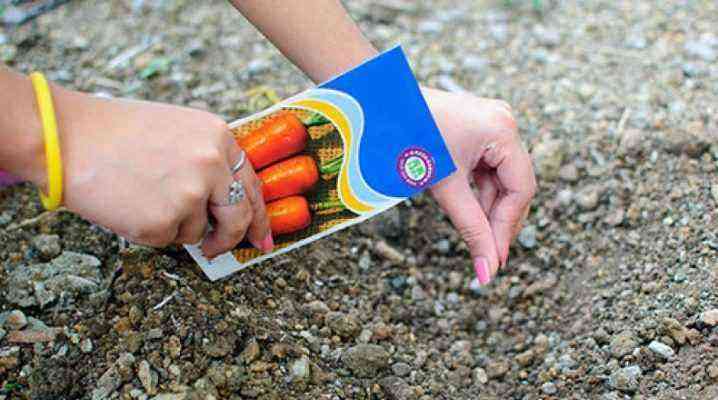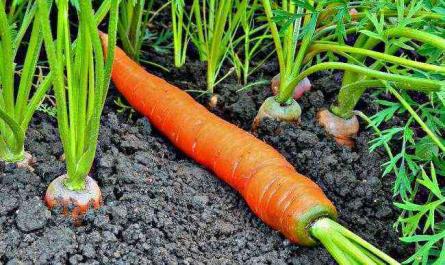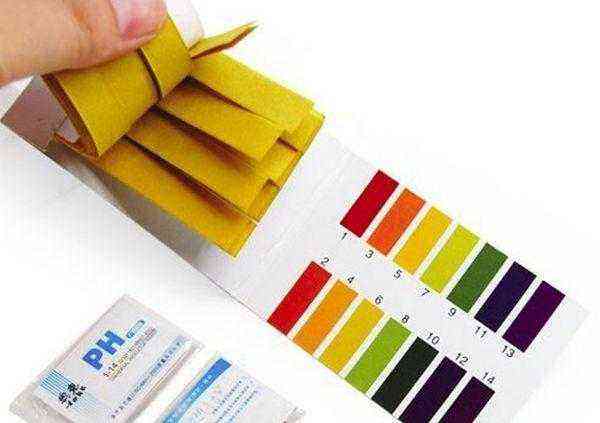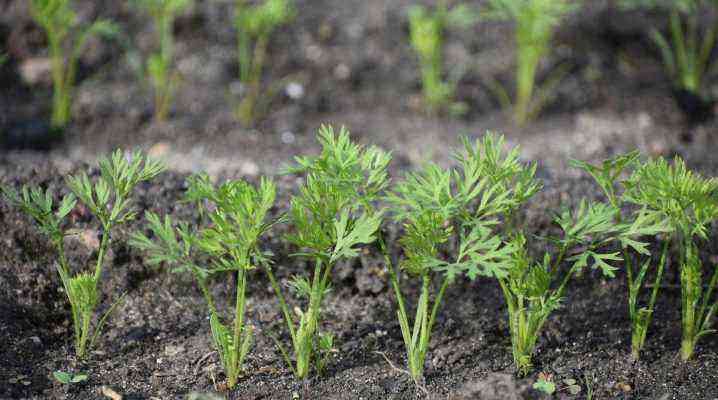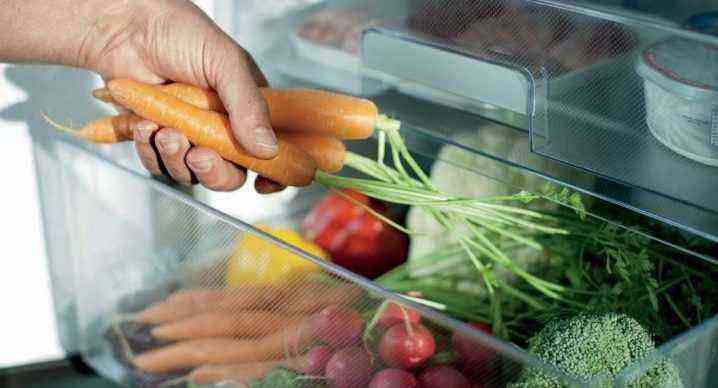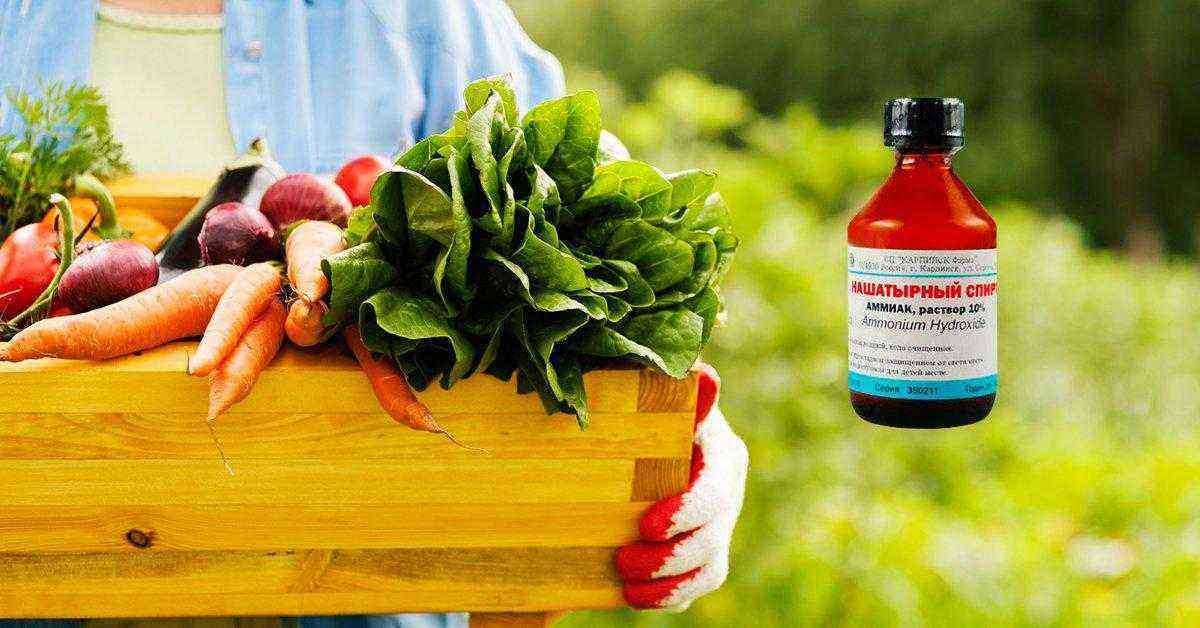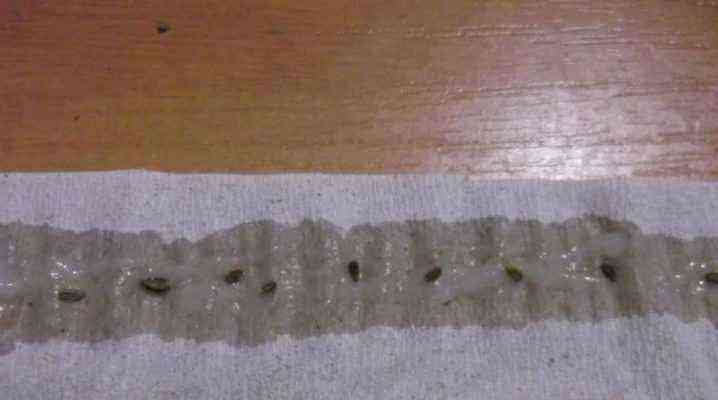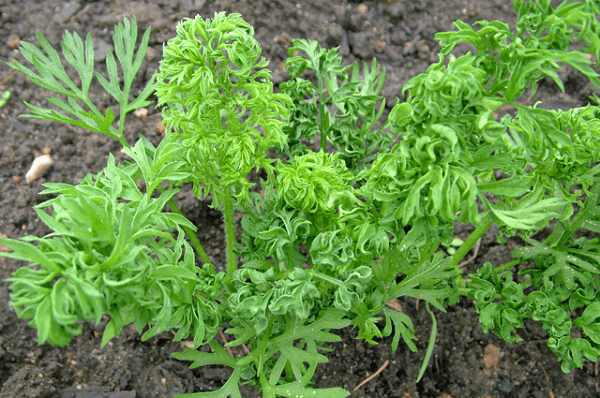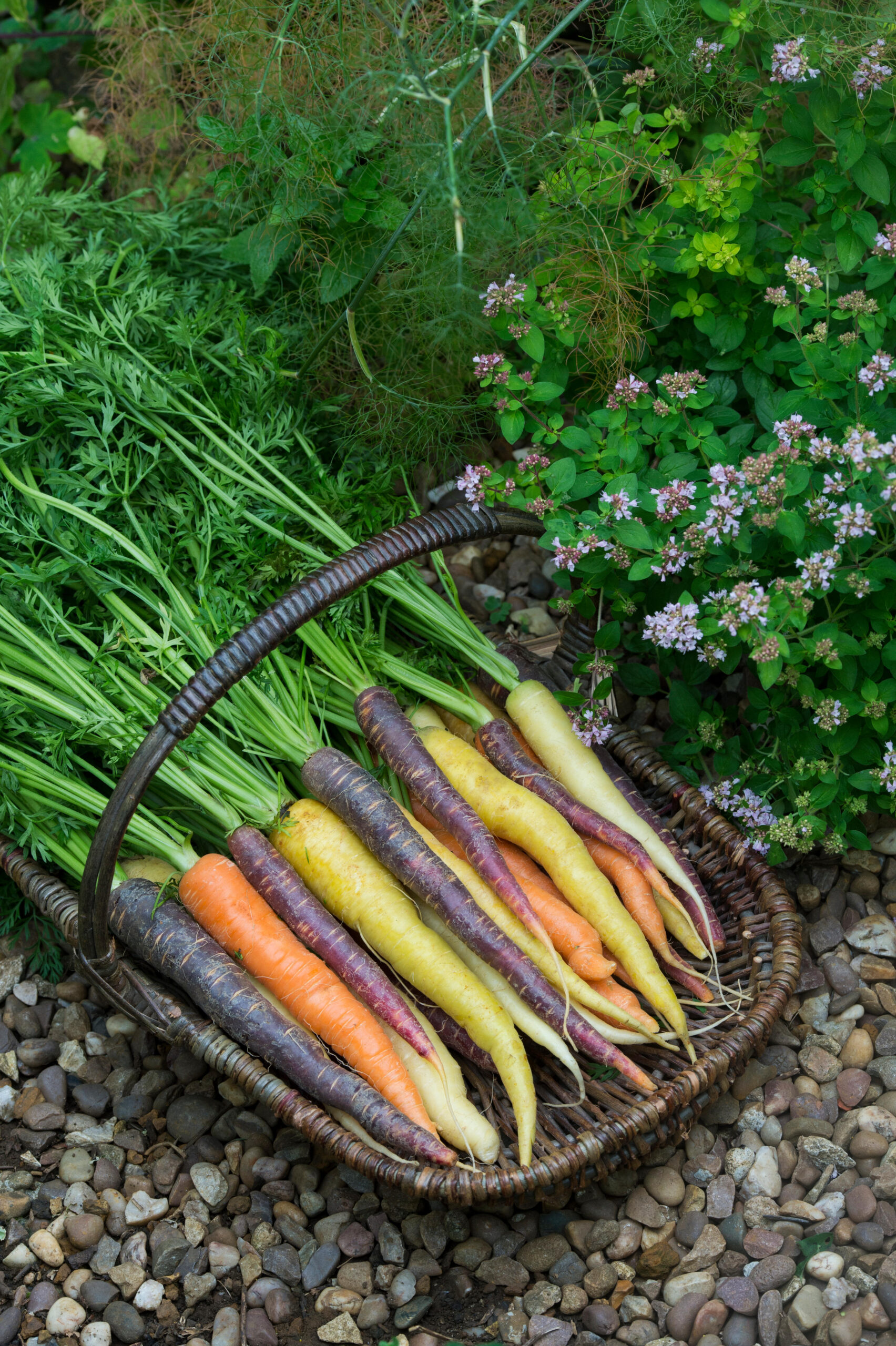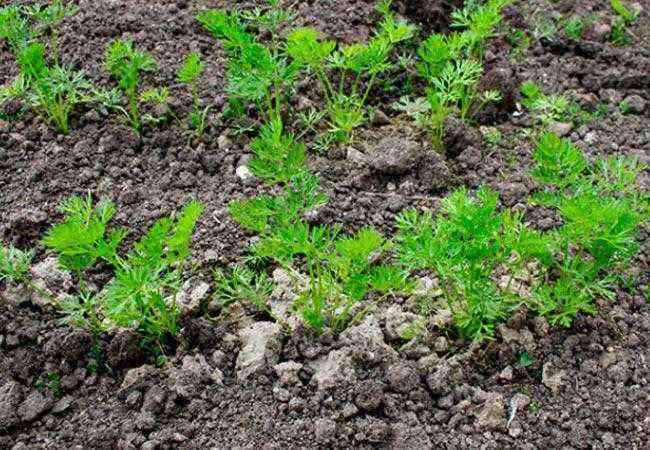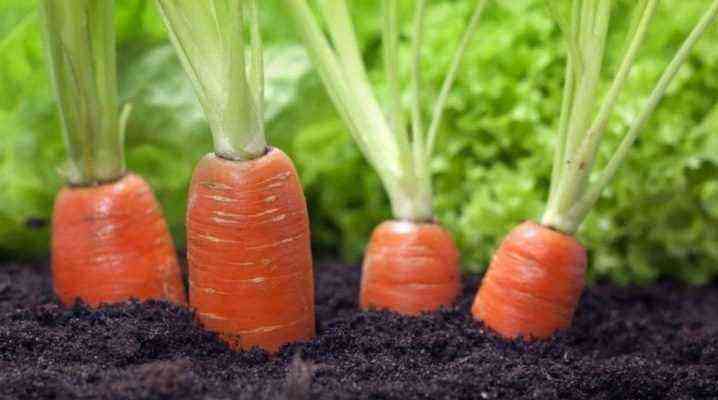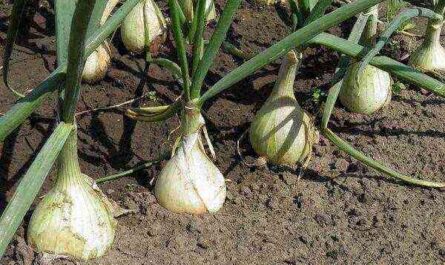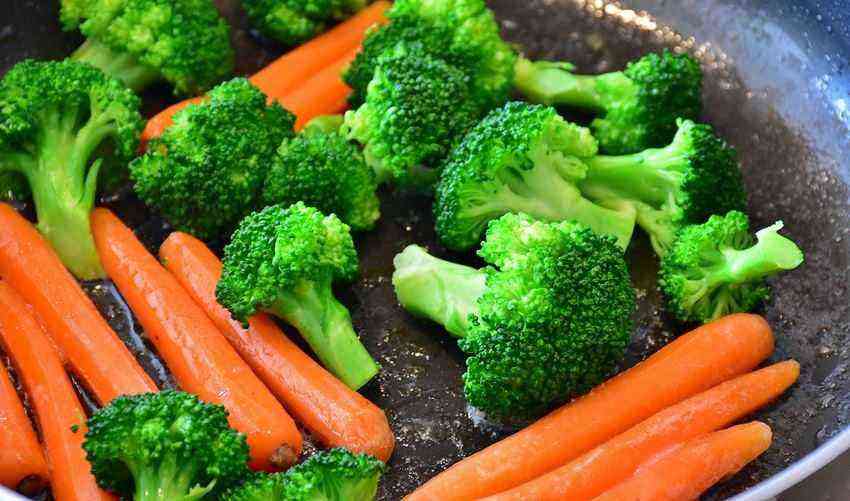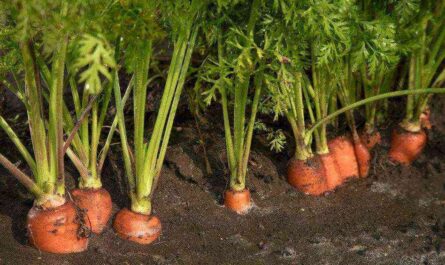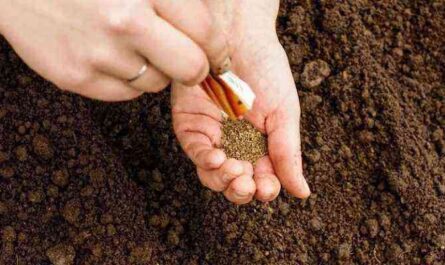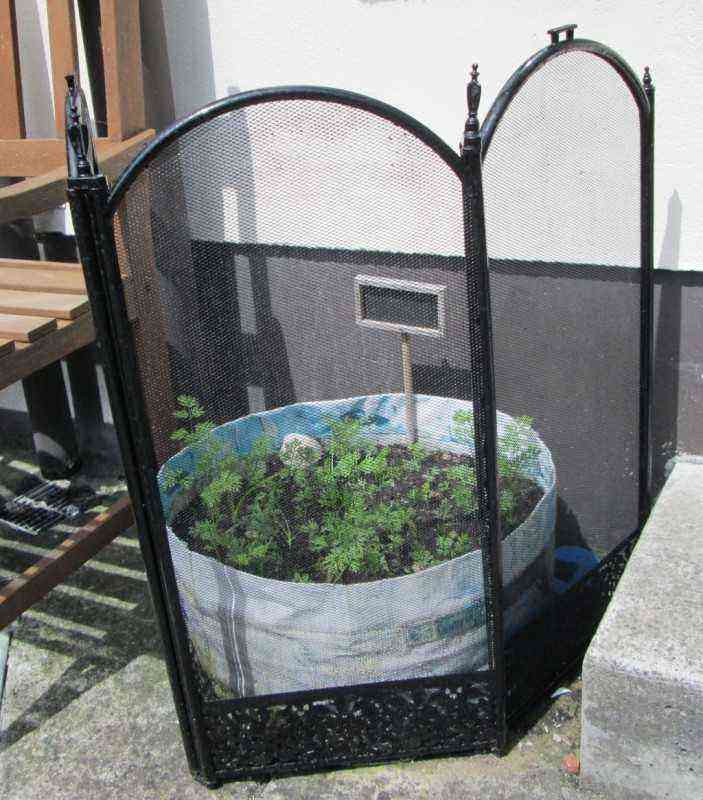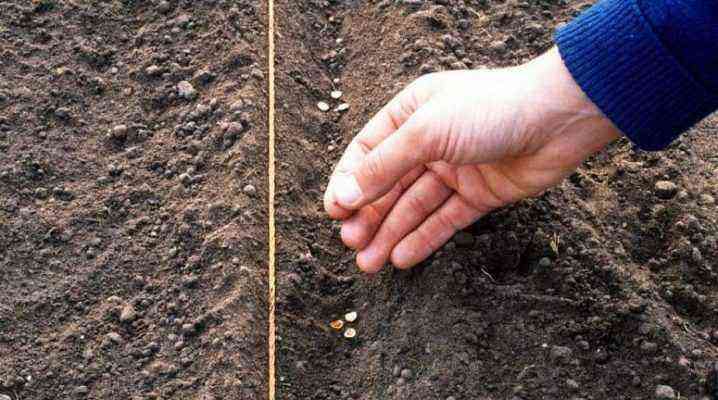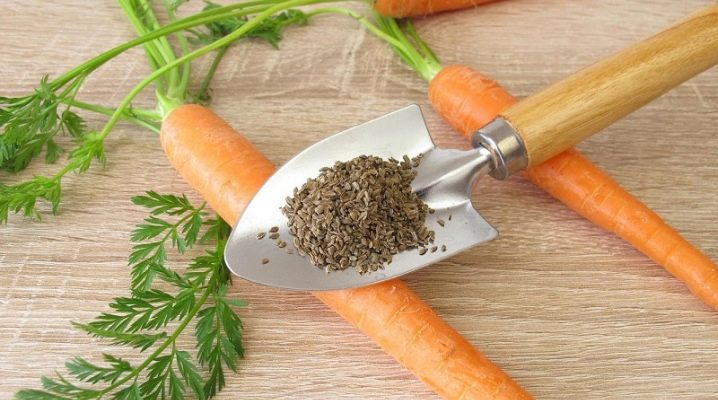
The novice gardener will say that growing carrots is easy and simple, and he will be wrong. It’s just that something and somehow grows, and you can get a cool crop of vitamin root crops only if you follow the rules of agricultural technology and some methods, among which are soaking the seeds.
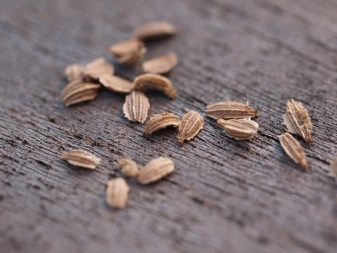
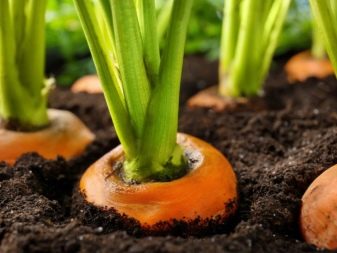
The need for a procedure
To grow carrots, it is necessary to prepare not only the soil, but also the seed. The best way is soaking the seeds. Seeds saturated with moisture germinate faster, yield more and better yields. There are many options for such a procedure, and all of them are effective to one degree or another. It should be noted that in this case, as in many others, when it comes to folk methods, there are ongoing disputes. However, the procedure is not time-consuming and does not require physical strength, so why not conduct an experiment for those who always sow dry seeds.
It has long been known that carrots rise for a very long time – on average, it will take 20 days from the moment the grain hits the soil until the first shoots appear. The fact is that each seed is covered with a dense shell of essential oils that does not allow moisture to pass through. This can be explained by the achievement of evolution, which took care that the plant germinated in the most favorable conditions for procreation. However, such a long germination can do a disservice in the conditions of a short summer, and the culture simply does not have time to produce a full-fledged mature crop. Soaking helps break down the ether shell, speeds up germination, and reduces the risk of disease.. Although the procedure requires a certain amount of time, it compensates for this by reducing labor costs in subsequent care.
In the southern regions, a few days in the difference between the emergence of seedlings does not matter much, since a long warm period in any case will allow the root crops to grow and reach the desired condition. But all other factors inherent in sowing the “wet” method are still relevant.
Of course, no one has canceled the influence of the quality of planting material on the result, however, humanity has not relied on mother nature for a long time, and takes a lot into its own hands. Gardening business is no exception. To help nature in getting good harvests is considered by everyone who cultivates the land.
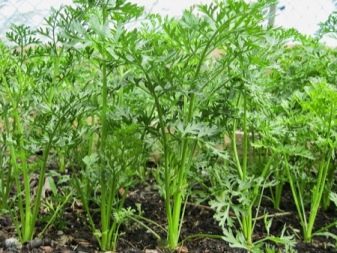

As for germination, its indicators have two parameters:
- time – the period between sowing and shoots;
- number – we are talking about indicators of the difference in the number of sown grains and hatched.
In both the first and second cases, performance can be improved with the help of stimulants such as “Epin Extra”, “Zircon” and others. Climatic features also have an impact on the rate of seed germination – cold slows down the processes, heat and moisture, on the contrary, provoke the activation of internal forces in the seed. To minimize this effect and allows soaking.
Carrot grain has a 70% germination rate even after soaking, therefore, 100% does not happen in principle. The advantage is that pre-treatment with special solutions will allow for the rejection of frail non-viable seed even at the initial stage before sowing. So, summing up the comparative results of dry and wet sowing, we get the results clearly shown in the table.
Based on the indicators of the table, we can confidently say that carrot grains must be soaked.
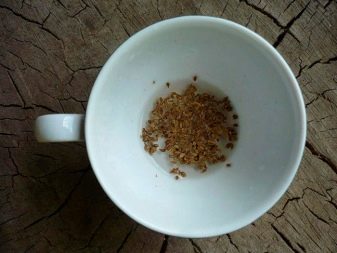
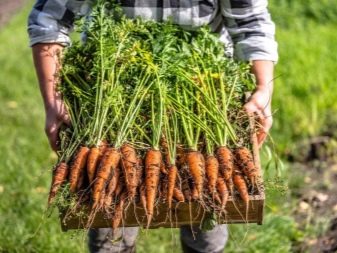
Prepare
As mentioned above, carrot seeds have a low germination rate – about 55-75%. To improve the result, use the soaking method. Before the procedure, it is necessary to prepare the grain. To reject unsimilar grains, they are immersed in a glass of water, diluted with a teaspoon of salt, and kept for a quarter of an hour. During this time, empty grains float and must be removed.
The remaining mass is well washed and dried. Seeds whose shelf life has exceeded one year should not be used, as their germination is even lower. The grain needs protection from infections, so disinfection is carried out in a solution of potassium permanganate for half an hour. Alternatively, the procedure can be carried out using boric acid (1 g / 5 l of water), flooding with a solution for 10 minutes.
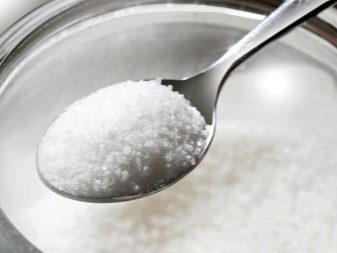

Folk soaking methods
The simple procedure does not require effort. You need to prepare a container for soaking, a piece of gauze and a kitchen thermometer. The algorithm of actions requires consistency.
- Dried seed must be slightly moistened, for which it is sprayed from a spray bottle.
- Seeds are laid out in an even layer on gauze, and again covered with gauze on top.
- After that, the envelope with grains should be placed in a prepared container and poured with warm (+40 degrees) solution for up to two days.
The container should be in a cool darkened room. During this time, moisture will penetrate into the grain, filling it and activating growth processes. Already after the first 24 hours, the seeds that have hatched will be visible. In this way, you can soak carrot seeds for quick germination in the spring before planting.
Since the formulation of soaking solutions is quite diverse, everyone decides for himself what is best and right for him.

Hydrogen peroxide
For 0,5 liters of warm water add 1 tbsp. a spoonful of hydrogen peroxide and mix thoroughly. Although the seeds are usually laid out on gauze or cloth, the material can be replaced with a napkin and paper towel if textile materials are not at hand. After filling the bag with grain with the prepared solution, leave it in this form for 12 hours. Every 4 hours the solution is changed to clean. Peroxide stimulates defense reactions against diseases and activates germination.

Маргацовка
The use of a two percent solution of potassium permanganate is one of the most popular techniques among the people. A teaspoon is diluted with 2 cups of warm water and seeds are placed in a gauze envelope or bag. In a strong solution, you can soak the grain for only 20 minutes, after which the planting material is dried on a canvas surface. Thus, the grain is pickled from diseases and ready for the start of vegetative processes.

Vodka
The grain is scattered on the surface of a cotton or gauze lining, then covered with the same material on top, after which the resulting bag-envelope is dipped into vodka for half an hour. After the expiration of the period, the grain is taken out and washed well in water at room temperature. Using vodka as a stimulant, it should be remembered that a long exposure to an alcoholic drink can preserve the seed, and then there will be no shoots at all.

Solution with ash
To use this method, you will have to prepare the solution itself. This will require 2 tbsp. spoons of wood ash and 1 liter of water at room temperature. The resulting mixture is infused for a day, stirring occasionally. Then the infusion is filtered, cleaning it from ash impurities. In the finished composition, the seeds can withstand up to three hours. Ash infusion perfectly stimulates growth processes, nourishing the seeds with potassium and magnesium.
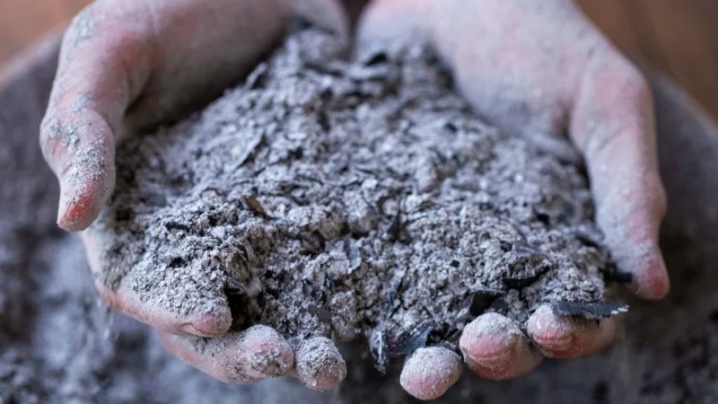
Aloe
To prepare a vegetable solution, use the lower leaves of aloe, while choosing dense and healthy shoots. Before use, they are kept in the refrigerator for a week. Then the juice is squeezed out. The resulting amount is diluted with water in proportions of 1: 1. In this solution, the seeds are kept for a day, after which they are rinsed and dried. The juice of the life-giving plant speeds up metabolic processes in the cells of the seed.

Hot water
In this case, water is no longer needed at room temperature, but much hotter. It is heated to 60 degrees and above, after which it is immediately used for soaking. Seeds are kept in boiling water for 30 minutes. The effect is so obvious that changes in the seed are noticeable after 10 minutes.

The use of biologically active additives
Biologically active additives (BAA) are popular not only in the segment of human consumption, but also in the field of growing cultivated plants. Various stimulants, such as Kornevin, Epin, Zircon, humate, Fitosporin, HB101 and others, also belong to dietary supplements. Today, few people use them anymore. The effect is powerful, noticeable even to skeptics and conservatives.
- Seed treatment “Epinom” stimulates rapid and friendly germination. 3-4 drops of the drug are added to the solution for soaking the seeds before sowing in “Epin”. With its help, the processes of development and growth are activated. Spraying on the leaf of grown seedlings and growing vegetables and fruits leads to the growth of a more powerful root system, increases the number and positively affects the quality of the crop. At the same time, it is important to observe the consumption rates indicated in the recommendations: a concentrated solution can destroy both the seed and the plant.
- With the help of “Kornevin” provide almost 100% survival of seedlings and seedlings.
- “Fitosporin” very effective in the fight against powdery mildew and other fungal diseases.
- The action of the HB101 drug, consisting of extracts of cypress, cedar, pine and plane tree, is noticeable almost immediately – weak plants are more likely to gain vegetative mass, grow, flowering ones keep color longer.
- Humate increases the endurance of the plant, positively affects the yield. If humate is used during soaking, then the composition is prepared in proportions of 1 tsp. for 1 liter of water. Grains are kept in the composition for 24 hours. The drug, containing a large number of macro-, microelements, increases the rate of maturation, immunity and adaptive properties.
- The concentration of “Zircon” in water for soaking – 2 drops per 300 ml of water. Grain exposure time: from 8 to 18 hours.
The compositions cannot be prepared in galvanized containers; it is best to use glass, ceramic, porcelain, and enameled dishes can also be used. The preparations are added to 1⁄3 of the prepared water, mixed and topped up with the rest.
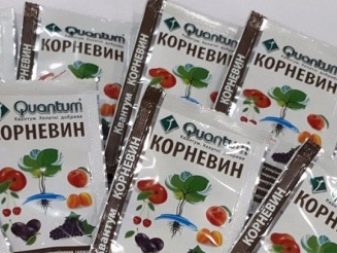
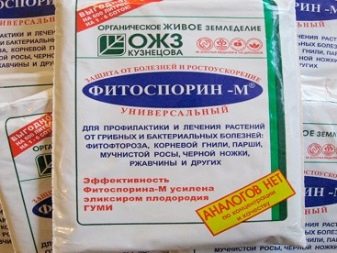
Possible mistakes
People tend to make mistakes even in interpersonal communication, and what can we say about working with the plant world. The plant itself will not say anything, and the mistakes made are visually manifested much later, when it is no longer possible to correct them. We list the main, most common, especially characteristic of novice gardeners.
- Use of running water. This is not recommended, because in its “raw” form it contains many harmful impurities, and can give a negative effect, the opposite. Water should be boiled, cooled and allowed to settle. Alternatively, you can use melt water, or take it from a spring, if one is available in the nearest access.
- Expired planting material. An expired expiration date robs the seeds of life and the opportunity to germinate, and time will be wasted. When buying seeds in a store, you should always pay attention to the expiration date.
- We must not forget about the need to keep the grain in water before soaking in the solution, especially when it comes to potassium permanganate. Dry seeds absorb manganese, which leads to the death of the embryos. For disinfection with such a solution, the grain must be prepared before, and thoroughly washed after the procedure.
- Exceeding the possible temperature when using the “boiling water” option. The meaning of the event is to “wake up” the seed, activate the necessary processes in it and stimulate germination. Too high a temperature will simply boil the embryo. If there is a kitchen thermometer, use it, if it is impossible to determine the temperature of hot water, then preference should be given to other options, of which there are many.
- Overexposure. Too long exposure to the solution can deprive the embryo of oxygen, and it will suffocate. That’s why it’s so important to follow the recommended time interval for soaking.
There are many folk ways, not all are listed, but these are the most popular. Which is preferable, everyone chooses for himself. It is best to try several – this approach will help to understand the pros and cons of each option in more detail and clearly.
